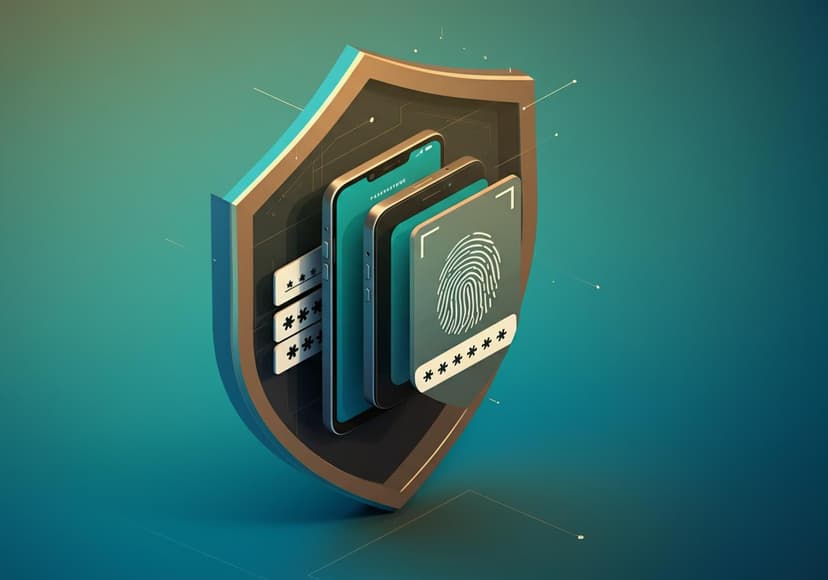5G Internet
Next generation wireless technology offers faster speeds and lower latency.

Research topics
The buzz around 5G internet is deafening. Promised as a revolutionary leap forward in connectivity, it's touted as the key to unlocking a future of seamless, high-speed experiences. But what exactly is 5G, and does it live up to the hype? This in-depth look will explore the technology, its potential benefits, and some of the challenges it faces.
What is 5G Internet?
5G, or fifth-generation wireless technology, represents a significant advancement over its predecessors (3G and 4G LTE). It's a new global wireless standard that promises significantly faster speeds, lower latency (the delay between sending a request and receiving a response), and increased network capacity. This translates to a drastically improved user experience across a wide range of applications, from streaming ultra-high-definition video to enabling the Internet of Things (IoT).
Unlike previous generations, 5G leverages higher frequency bands (millimeter waves) along with existing lower frequency bands. This combination allows for a more efficient use of radio waves, leading to both broader coverage and higher data rates. This isn't just a marginal improvement; we're talking about potential download speeds that are orders of magnitude faster than 4G, bringing the promise of truly ubiquitous high-speed connectivity.
High-Speed Connectivity: Transforming Industries
The implications of 5G's high-speed connectivity are far-reaching. For consumers, it means faster downloads, smoother streaming, and lag-free online gaming. But the impact extends far beyond individual users. Industries are poised to be revolutionized by 5G's capabilities:
- Healthcare: Remote surgery, real-time diagnostics, and improved telehealth services are all within reach thanks to 5G's low latency and high bandwidth.
- Manufacturing: Smart factories, automated processes, and predictive maintenance become significantly more efficient with the reliable, high-speed connection 5G offers.
- Transportation: Self-driving cars, autonomous drones, and connected vehicles rely heavily on the speed and reliability of 5G for real-time data transmission.
- Entertainment: Immersive virtual and augmented reality experiences are now possible, thanks to the significantly improved bandwidth and low latency of 5G.
5G as a Fiber Alternative: Bridging the Digital Divide
In areas where laying fiber optic cables is costly or impractical, 5G offers a compelling alternative for providing wireless broadband access. This is particularly crucial in rural and underserved communities where access to reliable high-speed internet is often limited. 5G's ability to deliver fast mobile network speeds even in remote locations could play a critical role in bridging the digital divide and fostering economic growth in these regions. The potential impact on education, healthcare, and economic opportunity is immense.
The Fast Mobile Network Advantage
5G isn't just about faster downloads; it's about enabling a new generation of mobile applications and services. The low latency of 5G is particularly important for applications that require real-time responsiveness, such as augmented reality experiences, remote control of machinery, and connected vehicles. The ability to access this fast mobile network virtually anywhere opens up a world of opportunities for both consumers and businesses.
Challenges and Considerations
Despite the immense potential, 5G deployment faces several challenges. The use of higher frequency bands means that signals don't travel as far and can be easily blocked by obstacles, requiring a denser network of cell towers. The cost of building this infrastructure is substantial, and there are ongoing discussions about the role of government regulation in promoting 5G adoption. One insightful article exploring the complexities of national 5G policy is available here: Scientific American's article on nationalized 5G.
Security concerns are also paramount. As more devices become connected, the potential for cyberattacks increases. Robust security protocols and safeguards are essential to ensure the safe and reliable operation of 5G networks.
Looking Ahead: The Future of 5G
5G is not a standalone technology; it's a platform for innovation. As technology evolves, we can expect to see even greater advancements in speed, latency, and capacity. The integration of 5G with other technologies, such as artificial intelligence (AI) and edge computing, will further unlock its potential. For a deeper dive into the technical aspects of 5G, this IEEE Xplore article provides valuable insights: IEEE Xplore Article on 5G Technology.
The rollout of 5G is still ongoing, but its impact is already being felt. From enhancing existing services to enabling entirely new possibilities, 5G promises to transform the way we live, work, and interact with the world. Understanding this transformative technology is crucial for navigating the future of connectivity.
For a concise yet informative overview on 5G's impact, check out this Axios article: Axios's 5G Overview.
In conclusion, 5G internet represents a significant leap forward in wireless communication. While challenges remain, the potential benefits – including high-speed connectivity, a viable fiber alternative in many areas, and a fast mobile network capable of powering innovative applications – are undeniable. As 5G deployment continues, we can expect to witness a profound transformation across various sectors, shaping the future of technology and society at large. The journey towards a truly connected world is underway, and 5G is playing a pivotal role.
Posts Relacionados

2 Factor Authentication 2Fa Fortnite
This article enhances Fortnite account security using two-factor authentication for improved protection.

2Fa Factor Authentication
This enhances security by requiring two forms of verification for account access.

5G Coverage By Zip Code
High-speed 5G internet access is expanding rapidly, impacting communities nationwide.